Map shows best places to see a platypus in the Gold Coast
An iconic Australian mammal found in Gold Coast waterways is making a promising recovery in a creek system. SEE THE MAP >>>
Gold Coast
Don't miss out on the headlines from Gold Coast. Followed categories will be added to My News.
AN iconic Australian mammal found in Gold Coast waterways is making a promising recovery in a creek system.
The platypus can be found locally in the Mudgeeraba and Currumbin creeks, and the Nerang, Coomera and Albert rivers.
Just last year, Mudgeeraba MP Ros Bates made a $100,000 election promise to clean up Mudgeeraba Creek and “bring back the platypus”.
But the tide is turning for the mammal in Mudgeeraba.
Volunteers from PlatypusWatch, a citizen science program, spotted 15 platypuses during a survey of Mudgeeraba Creek and Currumbin Creek last month.
PlatypusWatch executive co-ordinator Rosalinde Brinkman said drought, poor water quality, water extraction and opera traps had killed platypuses in Mudgeeraba in recent years.
The mammal is on the verge of being a threatened species.
“A lot of people don’t know there are platypuses in the water around the Gold Coast,” Ms Brinkman said.
“Because they’re so elusive, it’s hard to determine their numbers.
“They are always under pressure, but now because there’s more water available after a good year of rainfall, they are doing better at the moment.”
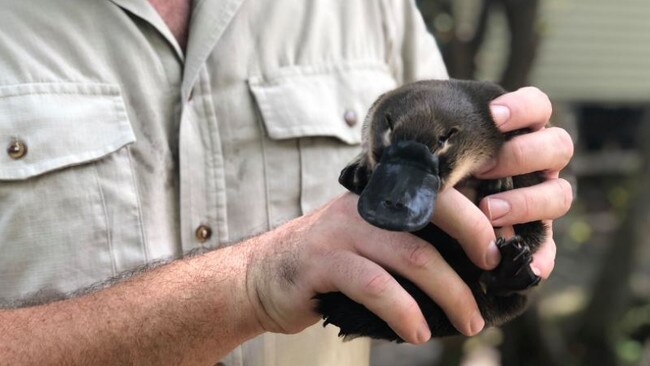
Recent frequent sightings of the mammal have delighted Mudgeeraba residents.
“We saw at least two, possibly three last week in Mudgeeraba Creek also right outside our house windows. It’s such a treat,” Denise Moyle wrote in a Facebook community group.
“(I) have seen them in quite a few spots along the creek, just gotta be quiet and patient,” Ash Gilliver added.
Ms Brinkman said platypuses were most active during mating season from August to September.
They are also active in March and April when baby platypuses come out of their burrows.
The best time to spot one is early morning at first light.
The Coast’s biggest population of platypuses can be found in the Nerang River, Ms Brinkman said.
Amazing new species being discovered on the Gold Coast - August 21
AN environmental miracle is occurring in one of the fastest-growing regions in Australia.
The 2020 BioBlitz, in which volunteers record flora and fauna in the Springbrook National Park, recorded 645 species, including four “undescribed” to science – three spiders and one vine.
Just as stunning are some discoveries, including video footage of a golden swamp wallaby in the backyard of a southern Coast property. The original home for the species are the islands in Moreton Bay.
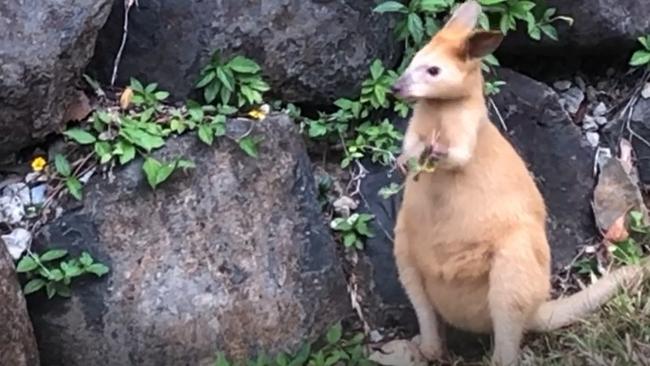
Those new discoveries will go through “rigorous scrutiny” before being given a name.
Volunteers also noted “three range extensions” – a significant increase to the area some species are known to occur.
Eighty significant species were located, along with 130 new additions to the Coast flora and fauna database.
The latest council report on species of citywide significance for conservation provides a list of 160 for fauna and 572 for flora.
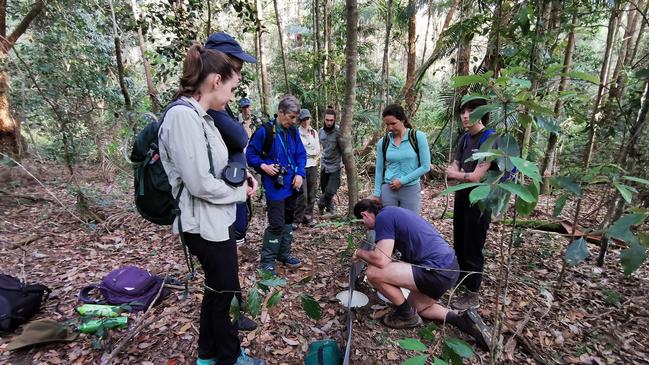
Updates on the council’s environmental policies have been staged in closed sessions where reports focus on a wetlands and waterways buffer review after officers received feedback from development industry representatives.
“Results from investigations to date have identified a declining trend in vegetation cover across the city,” a report to council said.
“Vegetation mapping on the 2017 extend indicated that 49.58 per cent (64,123ha) of the pre-clearing native vegetation remains within the city compared to the 50.59 per cent (65,439ha) measured in 2005.
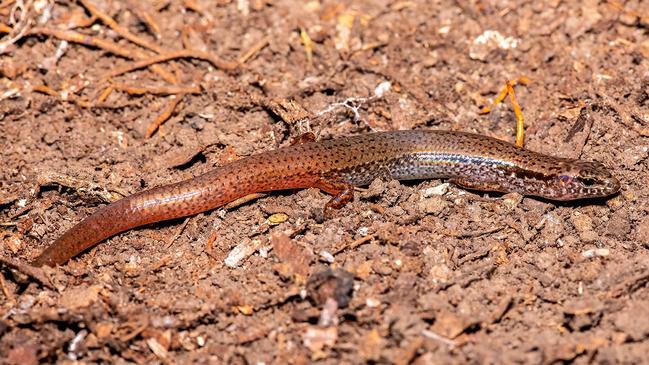
“With the total native vegetation cover sitting at 49.58 per cent, the city is approximately 1837ha short of its desired target of 51 per cent, with total native vegetation cover expected to decline further.”
But the non-for-profit Watergum community environment group, which has released details from the 2020 Gold Coast BioBlitz held at Springbrook involving 350 “citizen scientists”, is buoyed by the finding of several hidden treasures.
Watergum president Wal Mayr said the first-time records of 130 species had been
provided to council’s corporate biodiversity database.
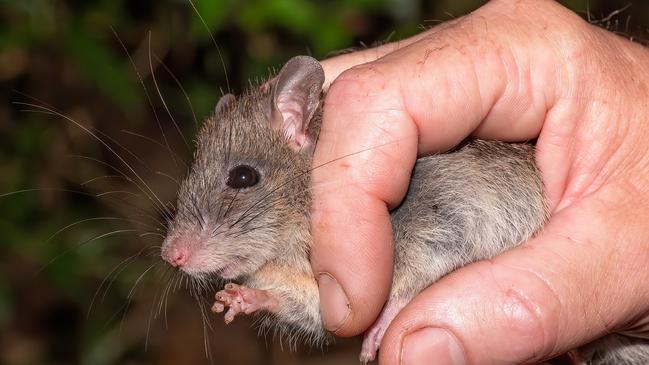
“There are still a number of samples and specimens waiting to be identified so these numbers may continue to grow over the next few months,” Mr Mayr said.
“We couldn’t have completed this event without the incredible support of our community, including survey leaders, survey assistants, organising team, base camp team and sponsors and partners.”
Science Minister Meaghan Scanlon said that the results of the survey demonstrated the diversity of wildlife in the Coast’s hinterland and how citizen science projects provided an opportunity for scientists to mentor future workers.
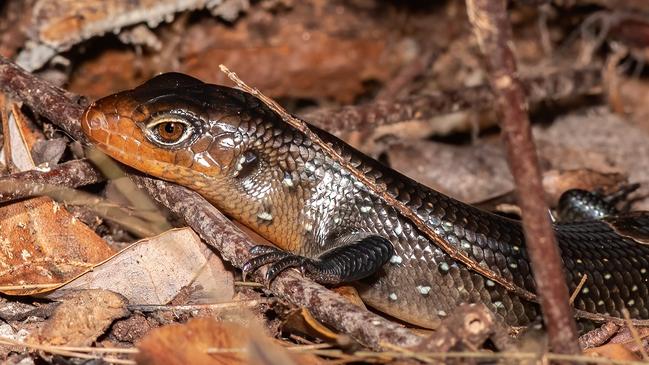
“It was great to see members of the community connecting with friends and family to help protect the environment at the Watergum Bioblitz,” Ms Scanlon said.
“As our economy and jobs bounce from Covid-19, so too is our environment with dedicated citizen scientists and a record $1.4bn investment by the Queensland government in the environment.”
The BioBlitz findings follow Bulletin reporting in February this year about the discovery of a golden swamp wallaby, usually found on offshore islands, spotted in the forest west of Nerang.

Friends of Nerang National Park nicknamed the rare resident “Mani’, a golden morph of the usual brown-Black Swamp wallaby.
Southern-based resident Kylie Cox sent through video footage of another golden swamp wallaby in bushland at Elanora.
“We haven’t seen any koalas for a few years now, but there used to be quite a few here,” she said. “We still sometimes hear them. Now we just have possums, a lot of bird life, the occasional echidna and the wallabies.
“My partner has lived here for about 10 years and has photos of a golden wallaby as far back as 2013.
“When he first moved in, he was building a beautiful herb and vegetable garden when the lady over the fence told him not to bother, as the wallabies would find them pretty quick.
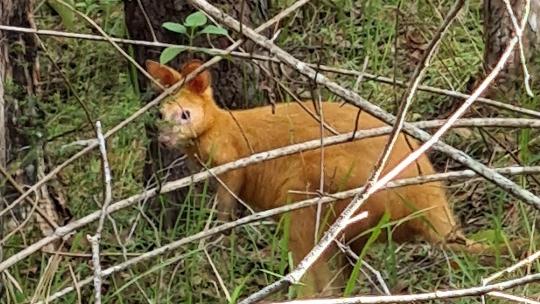
“He didn’t really believe her and went ahead with it. The garden lasted about two days before he found every plant eaten down to the ground and a very happy wallaby bounding off up the hill.
“We think there are about two or three of the white-gold wallabies and a few more of the grey swamp wallabies. They seem to know which properties have dogs, so which ones to avoid. “We now leave the back gate open, as we found the smaller ones would bound down the hill and over our small fence to get into the yard, but couldn’t always get back over.”
* If you have photographs or videos of unusual animal discoveries, email paul.weston@news.com.au




